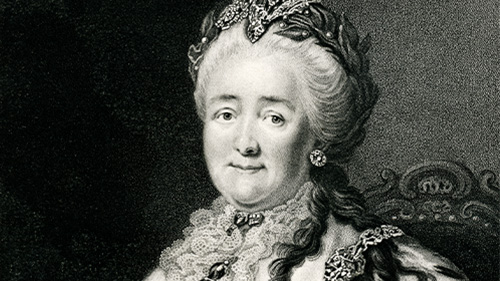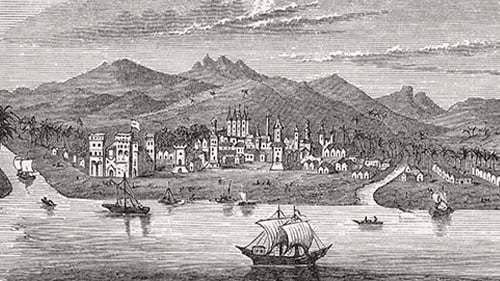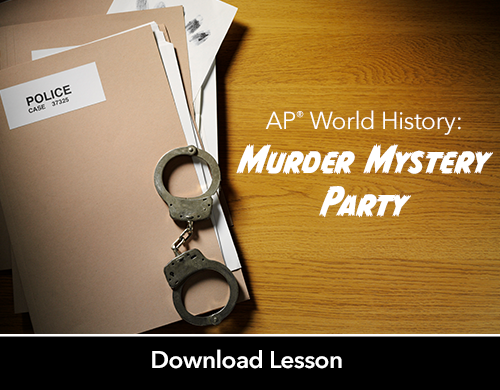Mastering the Secondary Source SAQ for AP History Exams
The Secondary Source Short Answer Question (SAQ) on the AP history exam presents a unique challenge: students must analyze and synthesize historical...
AP & Honors Mathematics
Explore Wiley titles to support both AP and Honors mathematics instruction.
Literacy Skills & Intensive Reading
Connections: Reading – Grades 6–12
Empower student success with a proven intensive reading program that develops strong reading skills in striving readers.
Drama, Speech & Debate
Basic Drama Projects 10th Edition
Build students’ confidence and competence with comprehensive, project-based theatre instruction.
Literature
Connections: Literature
Support learners as they study dynamic, relevant texts and bring the richness of diverse voices to students through literature.
Literature & Thought
Develop critical thinking, reading, and writing across literacy themes, genres, historical eras, and current events.
Language Arts
Vocabu-Lit® – Grades 6–12
Help students build word power using high-quality contemporary and classic literature, nonfiction, essays, and more.
Connections: Writing & Language
Help students develop grammar, usage, mechanics, vocabulary, spelling, and writing and editing skills.
Reading/English Language Arts
Measuring Up to the English Language Arts Standards
Incorporate standards-driven teaching strategies to complement your ELA curriculum.
English Language Learners
Measuring Up for English Language Learners
Incorporate research-based best practices for ELLs with an approach that includes a focus on language acquisition strategies.
Mathematics
Measuring Up to the Mathematics Standards
Incorporate standards-driven teaching strategies to complement your mathematics curriculum.
Foundations
Measuring Up Foundations
Help students master foundational math skills that are critical for students to find academic success.
Science
Measuring Up to the Next Generation Science Standards
Give students comprehensive NGSS coverage while targeting instruction and providing rigorous standards practice.
Assessment
Measuring Up Live
Deliver innovative assessment and practice technology designed to offer data-driven instructional support.
For a better website experience, please confirm you are in:
3 min read
Lou Gallo Aug 14, 2024 12:16:41 PM

One of the greatest rewards of teaching history is when students can show that they can make effective arguments supported by historical evidence. From a practical point of view, argumentation is at the heart of the free response section of the AP® exam. This can be particularly difficult with younger students taking their first AP® history class.
This blog post outlines how I scaffold historical thinking skills and reasoning processes into teaching students how to write effectively. Please note that this is primarily aimed at 10th graders who have never taken an AP® history class (but have taken an AP® Human Geography class) prior and may need to be modified depending on your student's age and experience writing.
Overview: This is how I teach my first-year AP History students how to write for the exam.
|
Units 1/2 |
Writing using Historical Thinking Skills and Reasoning Processes:
|
|
Setting the norm for the class:
|
|
|
Unit 3 |
Writing using Historical Thinking Skills and Reasoning Processes:
|
|
Unit 4 |
Writing using Historical Thinking Skills and Reasoning Processes:
|
|
Unit 5 |
Writing using Historical Thinking Skills and Reasoning Processes:
|
|
Unit 6 |
Writing using Historical Thinking Skills and Reasoning Processes:
Students will write 4-5 DBQs between now and the exam. |
|
Unit 7 |
Writing using Historical Thinking Skills and Reasoning Processes:
|
|
Units 8/9 |
Writing using Historical Thinking Skills and Reasoning Processes:
|

The Secondary Source Short Answer Question (SAQ) on the AP history exam presents a unique challenge: students must analyze and synthesize historical...

One of the greatest rewards of teaching history is when students are able to show that they can think in a complex manner and recognize that history...

One of the greatest rewards of teaching history is when students can show that they can make effective arguments supported by historical evidence....

From a practical point of view, argumentation is at the heart of the free response section of the AP exam. This can be particularly difficult with...

This lesson aims to show teachers and students how to develop a historical argument using Document-Based AP History (DBQ) documents. We will use...

In 2015, the College Board introduced several changes to the AP U.S. History course and exam. One significant addition was the inclusion of new...

Contextualization is an intriguing skill introduced in the redesigned AP History courses. It plays a crucial role in multiple aspects of the courses,...

The teaching of AP® World History can be a daunting task at times. Teachers are asked to teach over 800 years of historical content and then develop...

In a 2004 Gallup survey, history and social studies ranked as the least popular subject for teenagers. Why is this? Many adults recount history class...

The Long Essay Question (LEQ) on the AP U.S. History exam offers students an opportunity to construct a sophisticated historical argument, supported...

One of the most common tasks I see in the social studies classroom is the use of primary sources. The power of letting people choose their own story...

From a practical point of view, argumentation is at the heart of the free response section of the AP exam. This can be particularly difficult with...
